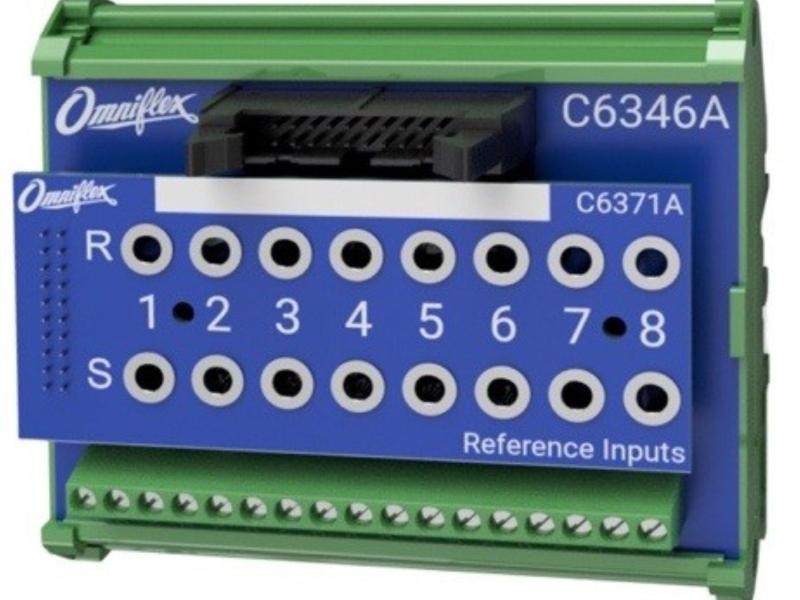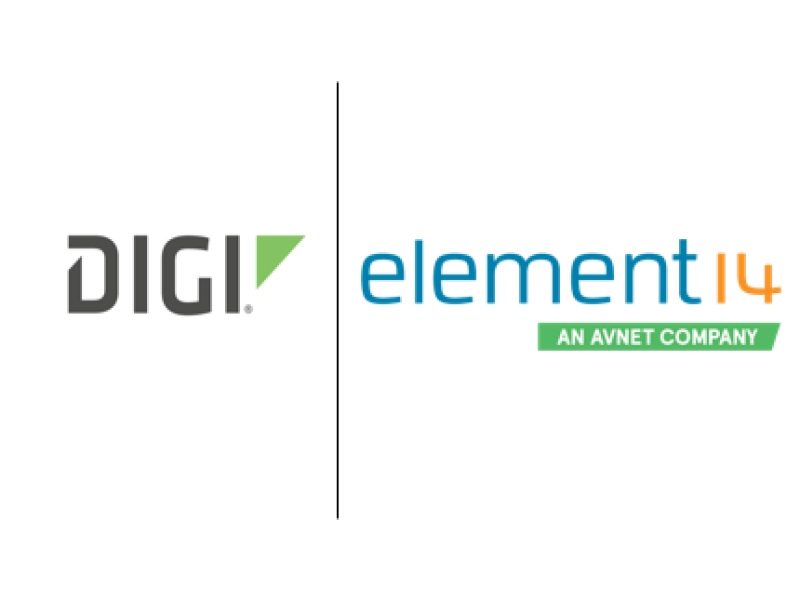Investing in a load bank is a decision any organisation relying on backup power systems needs to make. Load banks play a crucial role in testing and maintaining the performance of generators, uninterruptible power supplies (UPS) and other power sources. However, there are several important factors to consider before making the purchase. Here, Andrew Keith, director of load bank manufacturer Power Prove, outlines his top five considerations for prospective buyers.
1. Load bank capacity
The first step in choosing a load bank is to determine capacity that best suits your needs.
Load bank capacity is measured in kilowatts (kW) and should match the power rating of the equipment you plan to test. It's essential to consider your current needs and ensure you select a capacity that is neither less nor in huge excess of your testing needs.
It's equally important to anticipate future needs. Purchasing a load bank with a capacity slightly higher than your current equipment's power rating can be a strategic move. This approach provides room for growth and adaptation as your electrical systems or equipment evolve. Look for load banks with adjustable load steps, which allow you to fine-tune the load applied, ensuring flexibility in various testing scenarios.
2. Portability and installation
Next, you need to consider where you need your load bank to be. Some load banks are portable and easy to move around, like Power Prove’s AC100-CPT, while others require a permanent installation. This makes them ideal for use in hard-to-reach areas or for testing temporary applications. They can also be used across different locations. On the other hand, permanent installations are typically more robust and suitable for continuous testing in a fixed location.
Additionally, consider the power source needed to operate the load bank. Some load banks require a specific power supply, while others are designed to work with standard electrical outlets. Make sure the facility can provide the necessary power source to operate the load bank effectively.
3. Control and monitoring features
Load banks offer varying degrees of control and monitoring capabilities. Advanced load banks come with digital controllers that allow you to precisely adjust the load settings, monitor real-time data and conduct automated testing. These features save time and ensure accurate results during testing.
It's also essential to consider remote monitoring and control options. Some load banks offer remote access through mobile apps or web-based platforms, allowing you to monitor and control testing from a distance. This can be especially valuable for organisations with multiple testing locations or those looking to streamline their testing processes.
4. Compliance and safety standards
Ensure that the load bank you choose complies with industry standards and safety regulations. Safety is paramount when conducting load bank testing, as it involves high electrical currents and voltages. Look for load banks that meet or exceed safety standards such as IEEE 450-2010 and NFPA 70E.
Additionally, consider the ease of maintenance and safety features incorporated into the load bank design. Features like emergency shut-off switches, overcurrent protection and cooling systems enhance the safety of your testing operations and protect your equipment.
5. Budget and total cost of ownership
Carefully evaluate your budget and the total cost of ownership (TCO) when purchasing a load bank. While it's tempting to opt for the cheapest option, it's essential to consider the long-term costs, including maintenance, operation and potential upgrades.
Compare prices, warranties and the reputation of the manufacturer before deciding. Investing in a high-quality load bank from a reputable manufacturer may save you money in the long run by reducing downtime, maintenance costs and the need for frequent replacements.
Properly planning your electrical testing ensures your facility isn’t caught out in the event of a sudden power outage. But just having testing equipment is not sufficient — careful consideration into the type, size and quality of the load bank you choose is essential to a safe, compliant and effective testing process.






